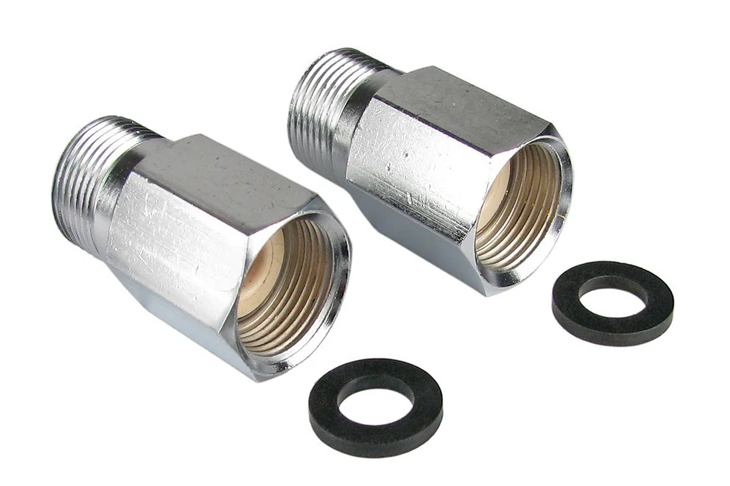Discover the importance of a check valve for well pump systems. This comprehensive guide explores the benefits and functionality of check valves in ensuring efficient water flow and preventing backflow. Learn how check valves work, their key features, and their role in safeguarding well pump performance. Whether it’s maintaining water pressure, protecting the pump from damage, or preventing contamination, a high-quality check valve is essential for optimal well pump operation. Explore the different types of check valves available and make an informed choice to enhance the efficiency and longevity of your well pump system.
Understanding the Significance of Check Valves for Well Pump Systems
Introduction to Check Valve for Well Pump
A check valve is a crucial component in well pump systems, ensuring smooth water flow and preventing backflow. This article highlights the importance of check valves and their role in optimizing well pump performance.
How Check Valves Work
Check valves are designed to allow water to flow in one direction while preventing backflow. They consist of a valve mechanism that opens under forward flow pressure and closes to prevent reverse flow. This mechanism ensures continuous water flow, maintaining pressure and preventing water hammer, which can damage the pump and piping system.
Benefits of Using Check Valves
Check valves offer several benefits for well pump systems. Firstly, they maintain water pressure by preventing reverse flow, ensuring a consistent supply of water. Secondly, they protect the pump from damage caused by the water hammer, reducing the risk of costly repairs. Additionally, check valves prevent contamination by blocking backflow, safeguarding the water quality in the well.

Types of Check Valves
There are different types of check valves available for well pump systems. The most common types include swing check valves, spring-loaded check valves, and inline check valves. Swing check valves use a hinged disc to allow forward flow and close to prevent backflow. Spring-loaded check valves utilize a spring mechanism to control the opening and closing of the valve. Inline check valves are installed directly in the pipeline and use a diaphragm or ball mechanism to regulate flow direction.
Selecting the Right Check Valve for Your Well Pump
Choosing the right check valve is essential for optimal well pump operation. Consider factors such as flow rate, pressure rating, material compatibility, and installation requirements. It’s crucial to select a check valve that matches the specific needs and demands of your well pump system to ensure efficient water flow and reliable performance.
Case Study: Enhancing Well Pump Efficiency
Let’s consider a case study where a check valve significantly improves well pump efficiency. In a residential well system, a spring-loaded check valve is installed near the pump outlet. This check valve prevents backflow, maintains water pressure, and prevents unnecessary pump cycling. As a result, the pump operates more efficiently, consuming less energy and reducing wear and tear. The check valve also protects the pump from water hammer, prolonging its lifespan and reducing maintenance costs.
Conclusion
A check valve is a vital component for well pump systems, ensuring efficient water flow, preventing backflow, and safeguarding system performance. By understanding the functionality and benefits of check valves, you can make an informed decision when selecting the right check valve for your well pump. Whether it’s maintaining water pressure, protecting the pump from damage, or preventing contamination, a reliable check valve is essential for optimal well pump operation. Invest in a high-quality check valve to enhance the efficiency, longevity, and reliability of your well pump system.
Comments